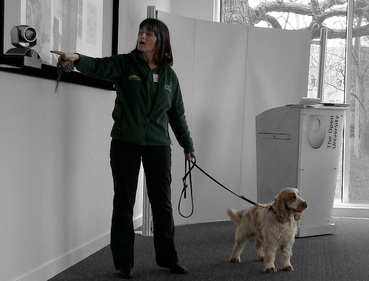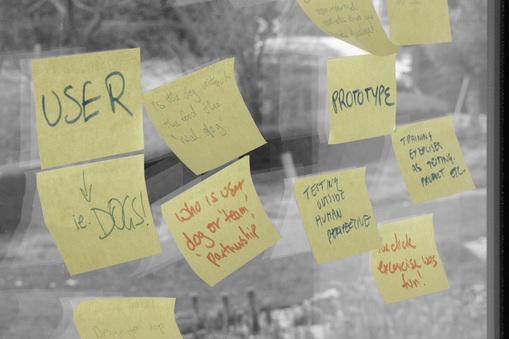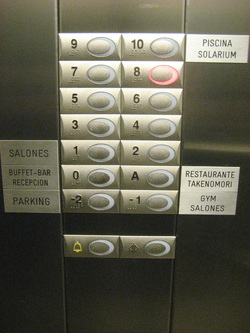
Two questions hover in my mind, against the backdrop of my communication and design background:
- What is participation really about? What does it meant to participate, in design, in society, in life?
- How can animal-computer interaction allow animals (including humans) to participate in the process of designing the future of a multispecies society?
An old song from Giorgio Gaber, a cherished Italian author, comes to my mind. The song goes:
Freedom is not being perched atop a tree…
Freedom is not the flight of a fly…
Freedom is not a free space…
Freedom is participation.
But surely, in order to be participants we need to understand what we are participating in? …or do we? Do I understand the conversations I have? I certainly have the impression that I do, but I have learnt how that is mostly just an impression. What I interpret is inevitably different from what is being transmitted by my interlocutor, yet it is enough to keep the communication process going and, in many cases, to effect what I perceive as constructive change. So are the conversations we have with dogs substantially different from the conversations we have with other humans? Should the interaction of a dog with a computing interface be looked at differently from the interaction of a human with a computing interface? Should their input in the design process be regarded as different? I think not.
When interaction designers design computing systems they constrain users’ choices while at the same time making it possible for users to make those choices. Even when users design their own systems their design choices are still constrained by others: by those who made the materials and components they will use, by the educators who informed their knowledge and imagination, and so on. However, through their constraining influences, these other agencies have made it possible for these users to express themselves through specific, concrete designs. Indeed any productive process expresses a unique set of constraints by which it is at the same time limited and enabled. Because these constraints are in turn the expression and the result of an otherness’ situated subjectivity, they can never be fully understood. However, this does not prevent us, and dogs, from using these constraints as the starting point and indeed the building blocks of new productive processes in which we can all participate as autonomous agents.
Animal-Computer Interaction aims to give animals a place at the design table. And, no matter how one may presume that they could understand the design process, ACI regards animals as autonomous agents whose constrained choices are to be in turn taken as constraints in a production process. Yes, the design table is dominated by human constraints, because technology has so far been dominated by humans, so for now animals are invited to “communicate with ‘us’” and “influence ‘our’ environments”. However, by inviting animals to make design choices and by treating those choices as the expression of autonomous agents (in other words, by taking them seriously), we open a space in which animals can begin to use our constraints as the building blocks of new forms of communication and new environments.
“Freedom is not a free space…freedom is participation”. Participation does not have to, and indeed cannot, take place in a free space. Participation does, and has to, take place in a constrained space which we can never fully understand, but in which we have a small quantum of freedom. This quantum of freedom allows us to make choices which begin to affect productive processes and effect change in unpredictable ways. Giving animals a quantum of freedom at the design table is what ACI aims to do.
The image that I remember the most from our workshop is that of Willoughby turning away from his tag to look at us with talkative, curious assertiveness. I can almost hear him say: “I’m here. Who are you? I enjoy playing with my tag, which my human goes out of her way to keep moving for me. However, now, right now, I choose to look at you instead. Look at me. I am who I am. Who are you?”




 RSS Feed
RSS Feed
